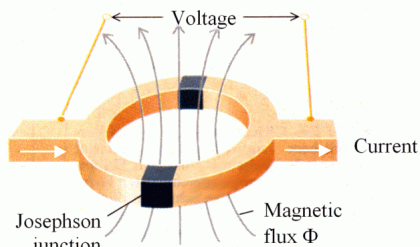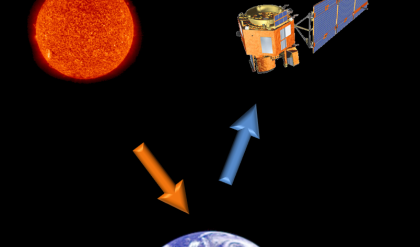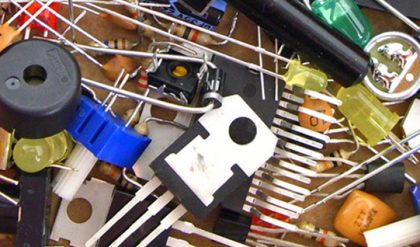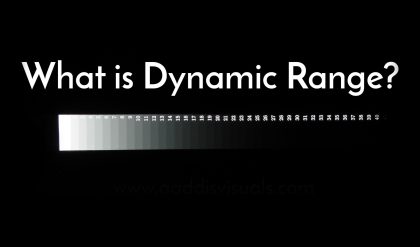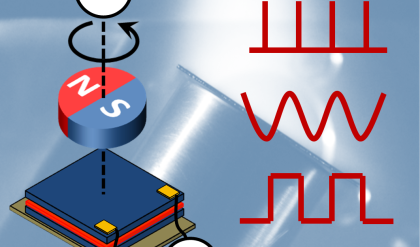Photovoltaic transducers:
e.g. solar cells, portable exposure meters. Piezoelectric transducers generate electric polarisation, which is linearly related to the applied force (stress). Examples include gas igniters, microphones, older record player cartridges, stress/strain gauges. Piezoelectric crystals are used to measure small displacements and also as actuators to implement small (as small as 1 Angstrom!) displacements in scanning tunnelling microscopes (STM) and Atomic force microscopes (AFM).
Thermoelectric transducers:
A thermocouple junction is formed when two dissimilar metals are joined at one end. When the junction is heated, a small voltage appears between the two wires which is monotonically increasing with temperature (the Seebeck effect). By suitably biasing a thermocouple junction we can cool a specimen. (the Peltier effect).
Electromagnetic transducers:
Lentz’s law dictates that a changing magnetic flux through a loop conductor will induce a voltage across its terminals. Electromagnetic sensors include microphones, phonograph pick-ups, metal detectors, and dynamos. Actuators include earphones, loudspeakers and motors, both rotational and linear. Particularly fascinating are the linear motors and associated magnetic levitation . Linear motors were apparently invented by Charles Wheatstone at Kings College in the 1840s and the first working full scale model was developed by Eric Laithwaite at Imperial College in the 1940s. (please read in the web about linear motors, especially the high acceleration types).

